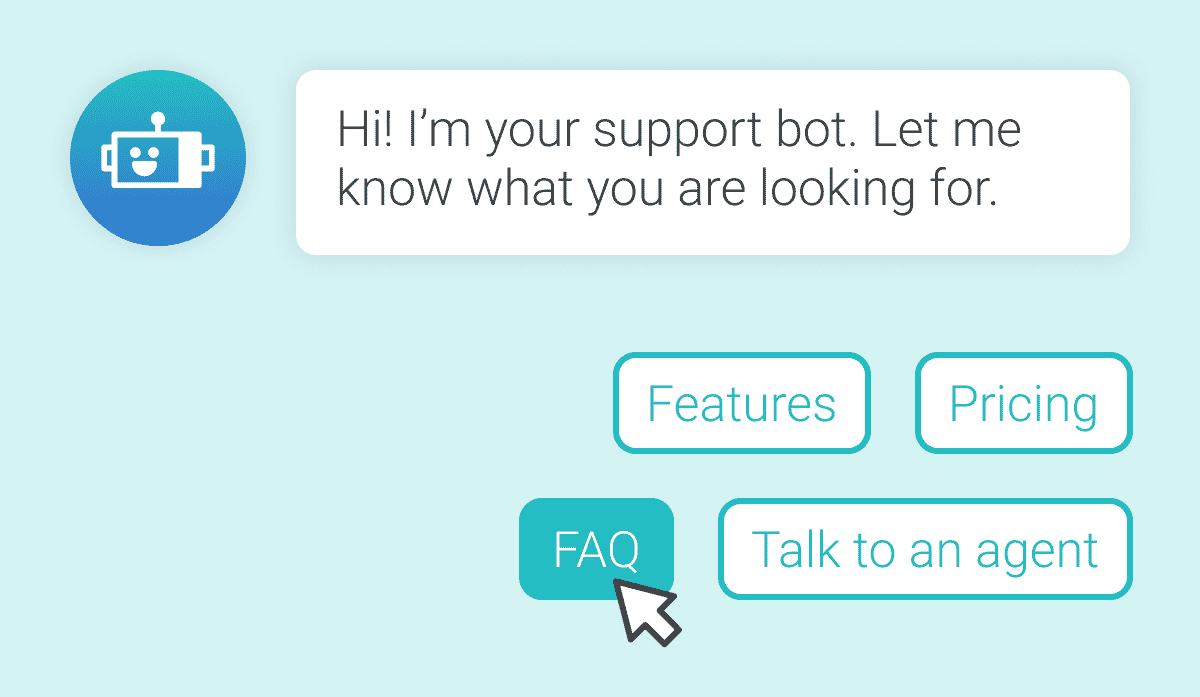This guest blog post was written by Dr. David Marshall, a technical writer and a training developer since 2007. He is also the owner of Neithdos Consulting Services LLC. Dr. Marshall received his DM in Executive Leadership from Colorado Technical University in 2021. Currently, Dr. Marshall lives in Summerville, South Carolina, and is planning on following up his dissertation on Changes Executives Need to Implement to Promote Women to Executive Positions with additional articles for business journals.
I was sitting in front of my computer the other day trying to research this blog when I noticed that every time, I try to access a website it takes a good minute or two to display on my screen after I type in the URL or click on the bookmark. Why in the world has it taken so long to get my information? Is there something wrong with my old Mac, or was the internet speed plodding?
After troubleshooting, I discovered that my internet speed of 100 Mbps was not cutting it, so it was time to upgrade. Since I use Spectrum as my provider, I went on their website to make it happen. After another minute or two, I finally accessed the Spectrum homepage, signed in, and could look at my account. After confirming my internet plan, it was time to upgrade.
So, a decision to make, call the support desk? Sure, if I had 10-15 minutes of spare time. Click on the upgrade button. Chances are you get the famous 404 page – not available, or it tells you that you need to call the help desk anyways, or do I click on “Chat with Us?” Why not? I will try something new.
Hello Chatbot
After clicking on “Chat with Us?” I received a greeting and asked, “How can I help you today?” Below, it gave me three choices: paying my bill, being in an outage, or viewing my statement. Or, if I wanted, I could type in a question. After typing my question about available internet speeds, my answer popped up in less than five seconds!! Wow, this is great. Can any human type be that fast? No, I was interacting with a chatbot.

What is a Chatbot?
If the above scenario sounds familiar, you are most likely dealing with a chatbot. A chatbot is the same as a user searching for frequently asked questions on a website. According to Oracle, chatbots are computer programs that simulate and process human conversations, allowing us to interact with a digital device, like talking to a natural person.
People are using conversational chatbots more frequently to assist with needs such as upgrading internet service, what the weather will be like at their vacation destination, or the basketball game score that took place earlier today. Today, chatbots are programmed to do many things besides answering basic questions.
Examples of Chatbots
OpenAI has developed some familiar generative AI models in the past year, such as Chat GPT4 and DALL-E. These models receive user prompts or instructions and send back AI-generated content. GPT4 understands and produces natural language. DALL-E creates visuals.
Some bots can analyze, monitor, and evaluate customer calls. Analysts will use this information to find out what customers are unhappy about or are satisfied with the solutions offered.
Why Chatbots?
Just imagine over 40,000 search queries are made online every second worldwide. A recent study, “Blinded by Delight: Why your customer experience should be effortless, not exceptional,” shows that 22% of customers are more likely to repurchase and increase their spending when reaching their goals more accessible. However, if a customer needs to make a lot of effort to make a purchase or get something done, they are 80 times more likely to comment negatively. The study comprised over 92,000 customers, 5,000 service representatives, and 100 companies.

Advantages of Chatbots
Besides making life easier for customers, other advantages include:
- Rapid processing of standard questions
- Improved customer support reaction time
- Less work from the customer support team
Disadvantage of Chatbots
Some customers often prefer to avoid the user experience provided by chatbots because they are perceived as cold and distant. However, with DALL-E, the AI team can generate avatars for the virtual assistant or the client’s profile. These may be able to reinforce a more natural chatbot conversation flow, and customers would benefit from a more realistic experience.
Preparing the Chatbots
So, how do chatbots get all of this information? How does it know that the available internet speeds at Spectrum are 100 Mbps, 200 Mbps, 300 Mbps, 400 Mbps, and a Gigabit? Or that the 40,000 searches are conducted each second worldwide? Most likely it comes from reusing content from technical documentation.
Chatbots are still being prepared for primetime right out of the box. They must learn the valuable information needed to answer the customers’ questions. The good news is that the data already exists in the technical documentation. Reusing the content to set up the chatbot saves the organization costs and improves customer interaction.
There is a lot of information from the documentation that can be used to program the chatbot. However, starting off slowly with specific use cases is recommended. Help desk tickets, support hotlines, social media discussions, and FAQs are good resources. Afterwards, enhance the information with metadata. Metadata assists the bot in finding the correct data based on the customer’s inquiry.
So, how does the chatbot understand the customer’s inquiry? It must be able to interpret the question and get the answer. However, the customer’s inquiry may not provide all the information the bot needs to answer the question. If that is the case, the chatbot needs to use a dialog system to ask more questions to gain specific information from the user.
The two types of dialog systems are:
- Task-Oriented: Task-oriented dialogs follow a decision tree for specific tasks, such as customer service or technical support. A good example is updating my internet package with Spectrum.
- Open-domain dialog: The intelligent chatbot uses free-form statements to give answers or inquiries about missing information. These dialogs use computer linguistics and artificial intelligence. A few great examples are Microsoft Copilot, ChatGPT-4, and DALL-E who have made some of the best-known AI-powered chatbots known today.

Step-by-Step Guide to Creating an Intelligent Chatbot Using Existing Content
When you start to make a chatbot, know that you do not have to start from scratch. By leveraging existing content and applying content reuse strategy, organizations can streamline the process. Here's a step-by-step guide:
1. Content Audit
Begin by conducting a thorough audit of your existing content. This includes technical documentation, FAQs, customer service transcripts, and any other relevant material. The goal is to identify valuable information that can be repurposed for the chatbot.
2. Identifying Key Use Cases
Determine the primary functions your chatbot will serve. Will it handle customer service inquiries, provide technical support, or assist in sales? The use cases will guide the type of content you need.
3. Data Structuring and Optimization
Once you've identified the relevant content, structure it in a way that's easily accessible and understandable for the bot. This might involve reformatting, summarizing, or tagging the content with metadata.
4. Choosing the Right Chatbot Platform
Select a chatbot platform that aligns with your technical capabilities and use cases. Some platforms might offer more advanced AI and machine learning capabilities, which are beneficial for complex tasks.
5. Chatbot Training
Input the structured content into the chatbot and begin the training process. This involves teaching the bot to understand and respond to user queries accurately.
6. Testing and Iteration
Before going live, thoroughly test the chatbot with a variety of scenarios to ensure it responds correctly. Gather feedback and make necessary adjustments.
7. Deployment and Monitoring
Deploy the chatbot on your chosen channels (website, social media, etc.). Continuously monitor its performance and user interactions to identify areas for improvement.
Continuous Learning and Updating
Regularly update the chatbot with new content and insights gained from user interactions. This ensures the bot remains relevant and effective.
Integrating Bots into the Customer Journey
Integrating chatbots into the customer journey is a transformative step that can significantly enhance user experience. Picture this: a customer visits your website, and right at the homepage, a friendly chatbot pops up, ready to guide them. This first point of contact is crucial. It's where customers often look for initial information, and having a chatbot there can make this process smoother and more engaging.
As the customer moves through the purchase process, the chatbot becomes an invaluable assistant. It's like having a knowledgeable salesperson who's always available, ready to answer product-related questions or offer recommendations. This not only aids in decision-making but also adds a layer of personalized service. After the purchase, the role of chatbots becomes even more significant. They provide post-purchase support, such as tracking orders, handling returns, or offering usage tips. This continuous engagement helps in building a lasting relationship with the customer.
Moreover, chatbots are excellent tools for gathering feedback. They can engage in a friendly conversation, encouraging customers to share their experiences and opinions. This feedback is gold for any business looking to improve its products and services.
Overcoming Challenges and Limitations
However, integrating chatbots is not without its challenges. One of the main issues is their ability to understand complex or ambiguous queries. Continuous training and the integration of advanced AI technologies can help in making chatbots more adept at handling such situations.
Maintaining a personal touch is another challenge. While chatbots offer efficiency, they can sometimes come across as impersonal. To counter this, it's essential to balance automation with human interaction, especially for more complex customer issues. This blend ensures that customers feel heard and valued.
Privacy and security are paramount when deploying chatbots. Ensuring that your chatbot complies with data privacy regulations and is secure against potential breaches is crucial for maintaining customer trust.
Lastly, keeping the chatbot's content updated is vital for providing accurate and current information. Regular updates to the chatbot's knowledge base ensure that it remains a reliable and useful tool for your customers.
Summary
Chatbots aim to make life easier by answering customers’ inquiries such as “Why do my glasses have spots after the dishwashing cycle or who has the most rushing yards in the National Football League this season?” With the creation of Microsoft Copilot, Chat GPT-4, and DALL_E, a user can ask the chatbot to write code, answer emails, review the budget, or plan the following organization’s get-together.
However, as excellent as this may seem, the chatbot is still being prepared to go when it is first created. It needs to have information for it to do its job. That is why it is essential to have up-to-date technical documentation. It does the organization or the customer any good if they are looking for information from 2023, and the chatbot provides data from 2018.
Start with the most inquired information and then build up. This will get the customers used to and trust the organization’s chatbot. The more they gain confidence, the happier they will be and the more money they will spend on your product or service.
MadCap Flare allows for structuring content in a way that is easily accessible and understandable. This feature is crucial when preparing content for chatbots, ensuring that the information fed into the chatbot system is clear, concise, and relevant. Start a 30-day free trial of MadCap Flare today!










